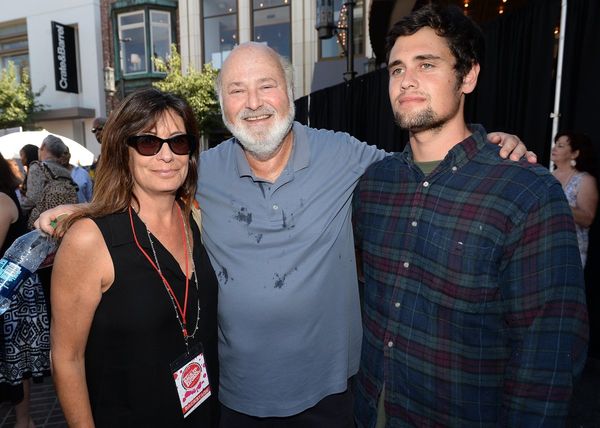Between devices like the Saturator, Pedal, Amp and recently-added Roar, Ableton Live has multiple tools that can be used to add distortion. While these might look fairly similar at first glance, these differing distortion tools can be used to create some very different effects, and can do more than simply rough-up sounds.
In our latest video tutorial, Ableton Certified Trainer Tom Glendinning explains a range of ways we can use distortion effects to creatively shape and mix sounds in Live. To hear these in action, he starts with a simple project making use of some drum variations, a sidechained bass part, chord stabs and a slightly wonky lead sound.
Tightening up drums with Saturator

The first element treated with distortion is a Drum Rack. Here Live’s Saturator effect is applied across the entire drum kit, which helps tighten up the drum sound and add a touch of extra weight. Saturator is used in its Analog Clip mode, which means it acts like a classic hardware limiter. As the Drive control is raised, it causes the peaks to distort slightly, which helps to both compress the drums slightly and add colouration.
Adding body to a kick with Pedal

Sticking with the drum parts, distortion is next applied to the kick drum. Here Live’s Pedal effect is used. This is a stompbox emulation that would commonly be used on guitars or synth lines, but it can sound fantastic on kicks too. By enabling the Sub option, we can distort our low-end kick without losing any of the bass frequencies. The Overdrive setting is used here with a medium amount of gain, which adds a nice analogue-style distortion that adds character and presence to the kick.
Distorted dub delays with Roar

Roar is the newest distortion effect in Live. Although it’s primarily used for adding grit and saturation, its routing and modulation options mean that it can be used for a lot more than just straight distortion. Here it’s applied to chord stabs to create a dub techno-style delay. This works by making use of Roar’s built-in feedback loop. By increasing the feedback time and amount, we can create echo-style delays that we can sync to project tempo. Best of all, we can apply distortion to just the feedback effect, which is great for gritty, characterful dub effects. The Shards mode works particularly nicely, creating sharp, crackly delays.
Pumping bass distortion with Road

Another appealing aspect of Roar’s design is the way that it can create rhythmic effects. Here we apply it to a bass part, and use the noise source in Roar’s modulation matrix to apply randomised modulation to the level of distortion being applied. Roar is then placed into Serial mode, to make use of two distortion lines. In the second stage, Roar applies additional distortion to our bass part triggered by a sidechain input from the drums.
Lead character with Erosion

The final distortion tool used in this example project is Live’s underrated Erosion device. This can apply distortion based on Noise, Wide Noise and Sine modes, which can be very characterful. Here we use Live’s LFO device in order to modulate the frequency of Erosion’s Wide Noise distortion, which adds some pleasing movement to the project’s lead sound.







